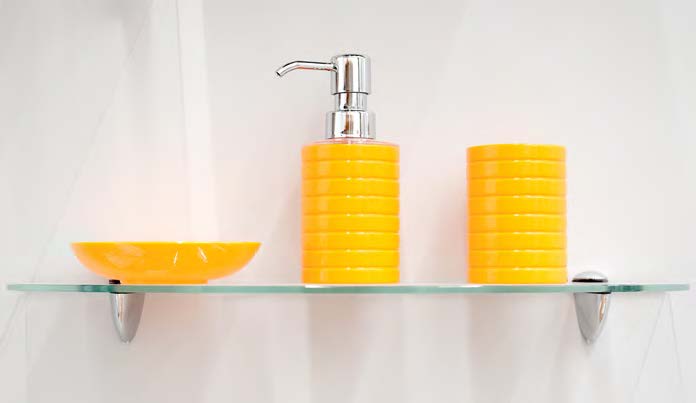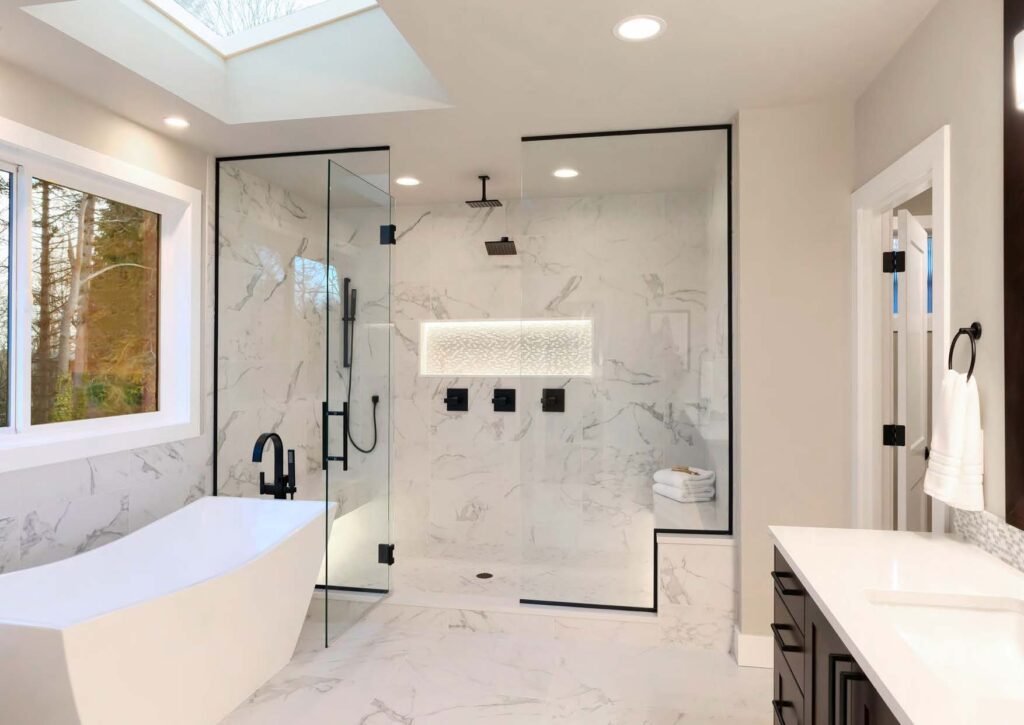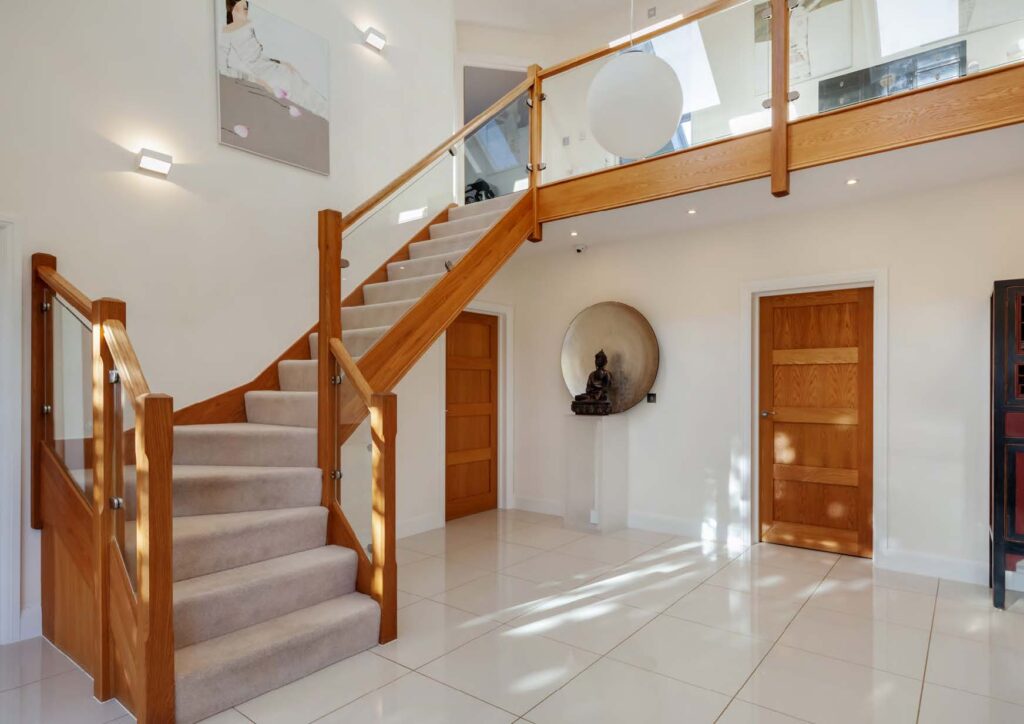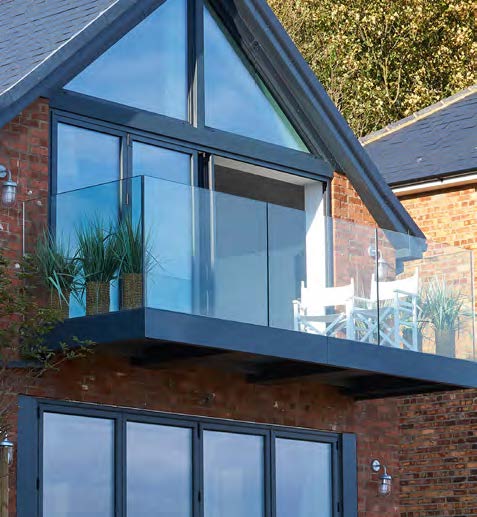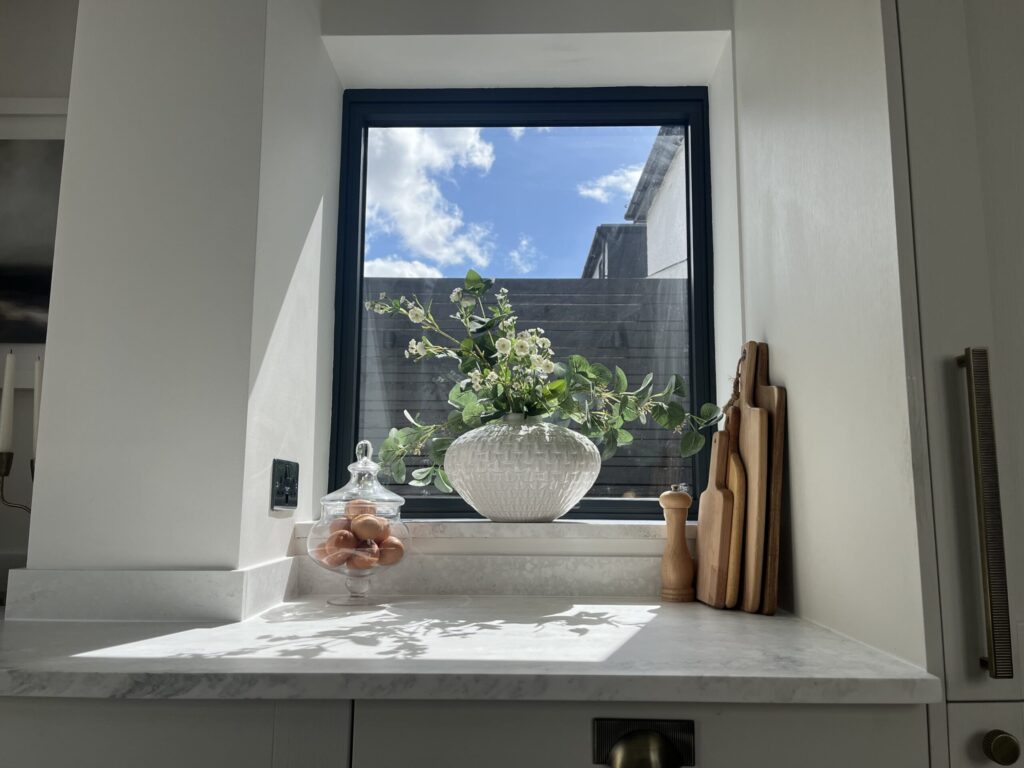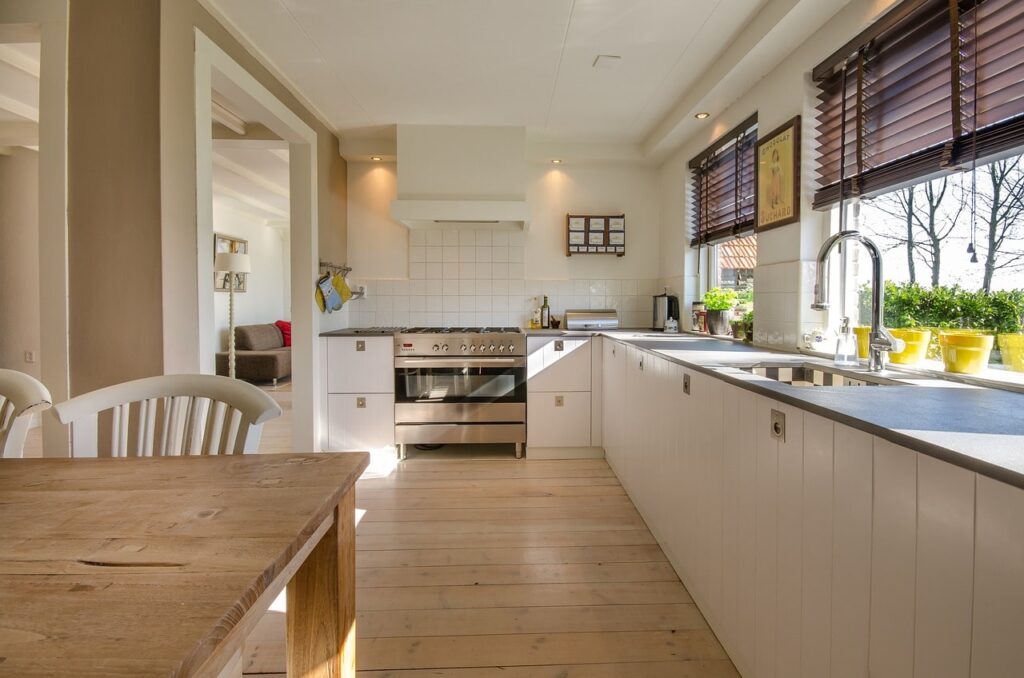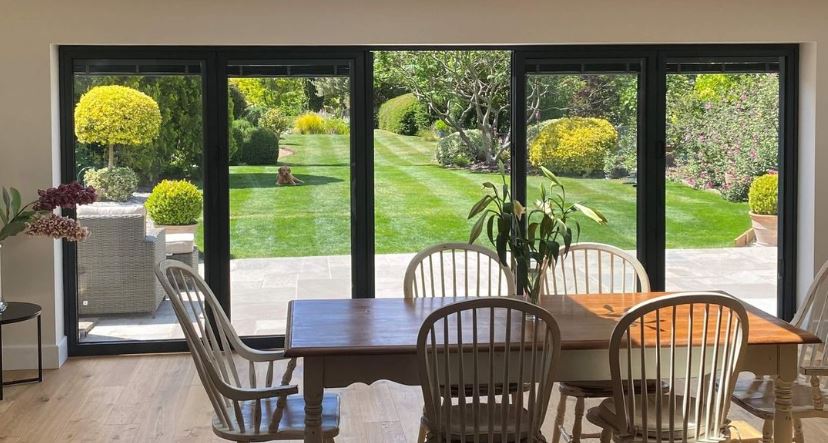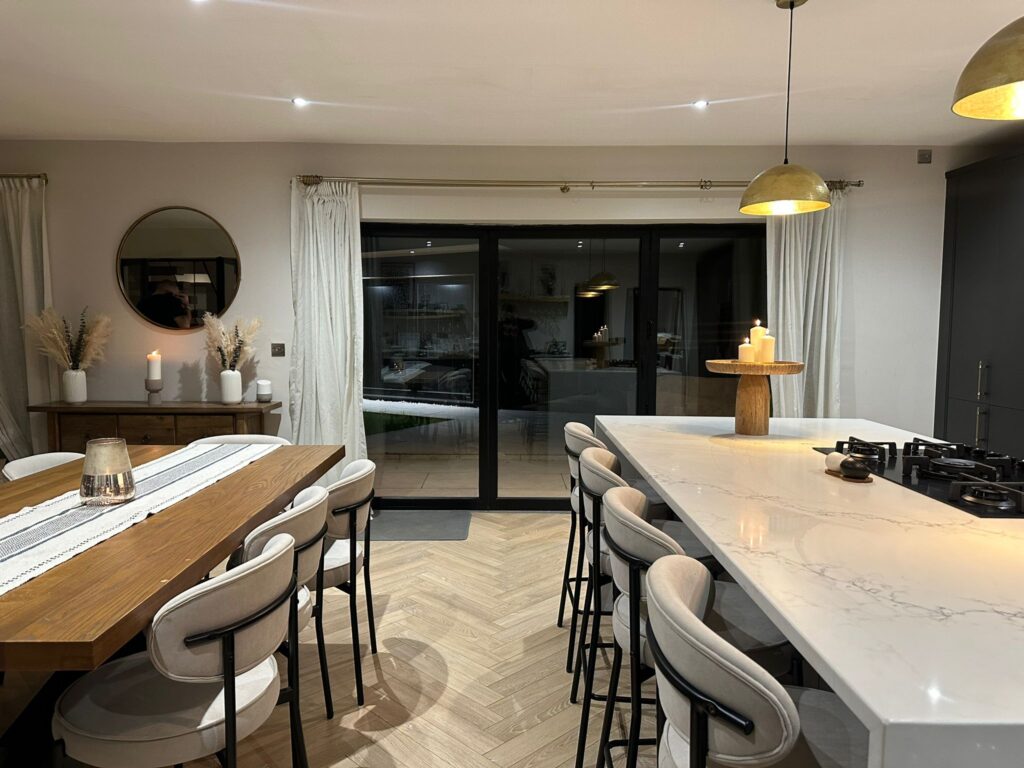How to Clean Frosted Glass
How To Clean Frosted Glass Frosted glass adds elegance, privacy, and a contemporary touch to windows, shower doors, cabinet panels, and decorative features. However, its textured or etched surface also makes it slightly trickier to clean than standard glass. Whether you’re sprucing up your home or maintaining commercial glass installations, knowing the proper techniques and tools will help keep frosted glass looking fresh and spotless. In this guide, we’ll cover how to clean frosted glass efficiently, what cleaning agents to use (and avoid), tips for removing tough stains, and how to maintain its beauty over time. What Is Frosted Glass? Frosted glass is glass that has been treated, either by sandblasting, acid etching, or film application, to have a translucent, matte finish. This treatment diffuses light while obscuring visibility, making it ideal for spaces where privacy is desired without sacrificing light. Common places where frosted glass is used include: Because the surface isn’t perfectly smooth like clear glass, dirt, oils, and residue can cling more easily, requiring a bit more attention during cleaning. Tools and Supplies You’ll Need Before you begin, gather the following tools and cleaning products: Basic Supplies: For Deep Cleaning: Step-by-Step: How to Clean Frosted Glass Step 1: Remove Dust and Loose Debris Begin by wiping down the surface with a dry microfibre cloth to remove dust, lint, and loose dirt. This prevents particles from scratching the glass during cleaning. Tip: If the frosted glass is part of a window or door, don’t forget to dust the frames and edges as well. Step 2: Mix Your Cleaning Solution Here are two effective DIY cleaning options: Option 1: Vinegar-Based Solution Option 2: Soap-Based Solution Avoid harsh commercial cleaners with ammonia or bleach, as these can damage the frosted finish over time. Step 3: Spray and Wipe Spray the cleaning solution directly onto the frosted glass. Let it sit for about 30 seconds to break down any residue. Using a clean microfibre cloth or sponge, gently wipe the surface in circular motions. For vertical surfaces: Work from top to bottom to avoid drips and streaks. Avoid: Using paper towels, as they may leave lint or scratch the frosted surface. Step 4: Rinse and Dry After wiping, rinse the surface with clean water using a damp cloth. Then use a dry microfibre cloth or a rubber squeegee to remove excess moisture and prevent water spots. Step 5: Spot Treat Stubborn Marks If stains or spots remain, try these methods: Extra Tips for Different Types of Frosted Glass Etched Glass Etched glass is more porous than film-coated glass, so it may require more careful cleaning to avoid discoloration. Stick to gentle cleaners and never use abrasives. Film-Frosted Glass For frosted films (like privacy films on windows), always test your cleaner on a small corner first to ensure it won’t peel or discolour the film. Shower Glass Bathrooms are high-humidity environments prone to soap scum. Clean shower frosted glass weekly using vinegar or a commercial glass-safe descaler to keep it clear and free of buildup. Maintenance Tips: Keeping Frosted Glass Clean Longer Common Mistakes to Avoid When to Call a Professional If your frosted glass has deep-set stains, mineral etching, or is part of a large or delicate installation (like etched glass artwork or a high-end shower enclosure), it may be worth consulting a professional glass cleaner. They have the tools and solutions designed for specialty surfaces and can restore frosted glass without damage. Final Thoughts Cleaning frosted glass doesn’t have to be a chore. With the right tools, gentle cleaners, and a little consistency, you can maintain the elegant, soft appearance of frosted glass in any room. Whether you’re working with shower doors, kitchen cabinets, or decorative features, regular care will keep your frosted glass looking as pristine and sophisticated as the day it was installed. So next time your frosted glass starts to lose its luster, just follow these simple steps, and enjoy the view (or rather, the privacy) that it offers. At UKO Glass, we offer a range of different decorative glass types including frosted glass. Speak to our team on theteam@ukoglass.co.uk or call us on 01422 861116 to find out more today.
How to Clean Frosted Glass Read More »



